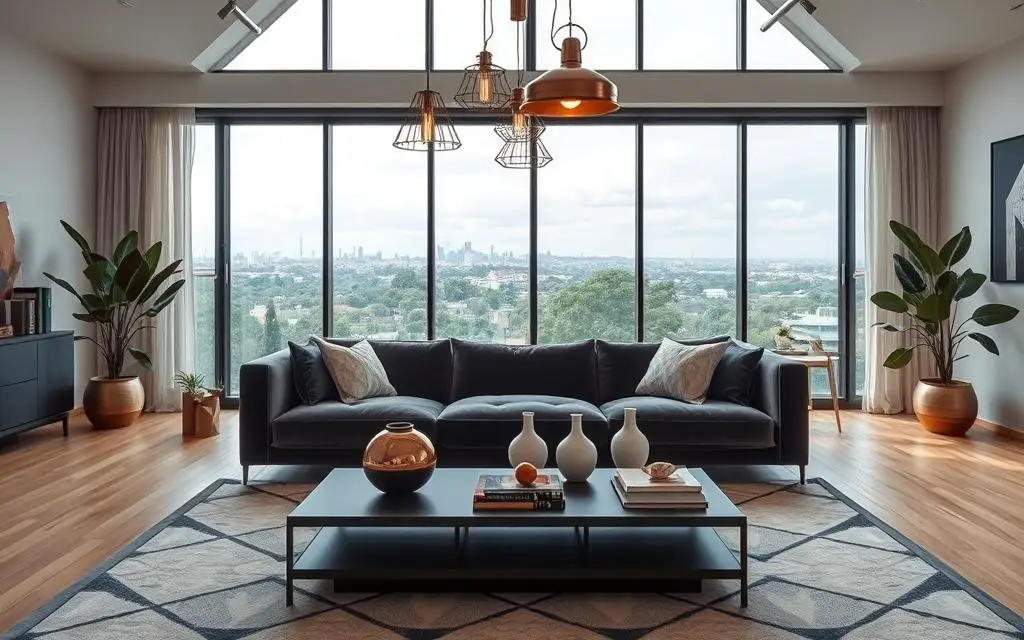Smart Ways for Designers to Protect Their Works Online

Read this to discover smart ways designers can protect their works online using watermarking, copyright registration, metadata, and trusted platforms to prevent theft.
Creating unique works of art is no walk in the park. Designers invest their time, energy, focus, creativity, and more into creating stunning visuals. Even though AI has made things easier, creative professionals still need to engage in extensive brainstorming to produce truly distinctive designs. However, once a masterpiece goes live, it becomes vulnerable to various risks.
As a designer, you cannot afford to face a threat to your work because it is your identity, your reputation and your livelihood. This is why protecting your online creations is no longer just a formality or a choice but a crucial necessity. But why is this protection so important and how to implement it effectively?
If you want to know the answers, read on. In this article, we not only give you reasons to protect your artwork, but also some practical ways to do so.
So let’s set off on a highly informative journey.
Why should designers protect their works?
Creating a good design takes time and effort. But these are not the only reasons why works of art need to be protected in today’s digital world. Here’s why designers like you should take care of what you create, share, and post online:
1. Avoid identity theft
When your designs are easily accessible online, anyone can steal them without your knowledge. It also opens the door to fraudsters who want to steal your identity. They may create fake accounts in your name and use your work to appear legitimate. They might even use your work on controversial or banned platforms, putting your identity at risk.

2. Safeguarding digital rights
Everything you create is yours and considered your creative asset. When someone uses your designs without your permission, they are actually claiming to own your visuals and are violating copyright rules. As a designer, you cannot allow anyone to take ownership of your work. This is why it becomes necessary to protect your design so that no one can infringe on your digital rights.
3. Prevent reputational damage
Reputation damage is also a big danger associated with having your creations stolen. Unauthorized edits, inappropriate placement, and misleading use of your visuals can damage your credibility. So, if you don’t take any proactive steps, you may lose your hard-earned reputation and struggle for a long time to regain it.
4. Benefit from full work royalties
Another important reason to protect your digital illustrations, paintings or sketches is to ensure you receive full royalties for what you produce. As a hardworking designer who has spent years learning and perfecting your craft, you deserve all the credit and financial rewards for your work. And this is only possible if you ensure that others do not illegally profit from your creations.
Effective Ways Designers Can Use to Protect Their Work Online
Now that you know why you need to protect your work, let’s move on to some effective and practical protection methods you can use to protect your works online.
1. Upload watermarked designs

The simplest step to prevent visual theft is to watermark your designs before uploading them. When you add your logo or other visible copyright mark, it makes it clear that the work is yours. At the same time, it also serves as an alert to potential violators. It must therefore be done at all costs. Here are some useful tips on this subject.
- Place the watermark where it is difficult to remove.
- Keep it semi-transparent to keep the visual clean.
- Add your name, logo and website link.
- Keep watermarks consistent across all visuals.
2. Disable easy download on your site
Another useful tip is to prevent people from directly saving your professional photos from your website. This involves doing two main things: disabling right-click and blocking screenshots.
These small steps ensure that no one accesses your works from your site without your permission. And it’s quite simple, you just need to:
- Install a dedicated plugin if you use a CMS.
- Add a custom HTML script before the closing body.
However, if you are not good at basic website management, you can also ask an expert developer to do it for you.
3. Prioritize copyright registration
Registering copyright is one of the most effective ways to protect your creations. This is especially useful when someone tries to take your work without your consent. Once your work is registered with a national or international copyright agency, it gives you legal proof of ownership.
Therefore, you can take strict action against anyone who violates your rights. Here’s how to file a copyright application:
- Prepare your artwork files with basic information.
- Choose a copyright office that is easily accessible.
- Complete the registration form if provided.
- Submit the necessary fees to register.
- And finally, receive a confirmation confirming your ownership.
This simple process ensures that your work is legally protected and that you maintain control over it.
4. Use invisible digital signatures
Besides registering copyright, there is another way to prove your ownership if your work is stolen. You can use invisible digital signatures on each of your creations. They cannot be seen with the naked eye but can easily be created and detected using advanced tools. And guess what? Many of these tools are generally easy and free to use.
When using most of them, you just need to:
- Create a unique digital signature.
- Integrate it into your designs using the tool.
- Save the photos in the desired format.
You can use the same digital tool to detect the inserted mark when necessary to prove ownership of your work.

5. Add your property in image metadata
As a creative professional, you may be familiar with image metadata. It could be a great help to protect your artwork. Basically, it is hidden information stored in your digital image files. It is generally of three types, as mentioned below:
- Description: It gives basic information about the image, such as title, caption and keyword.
- Technical: It includes technical details about the image, like file type, size, camera settings, creation date, or editing software used.
- Administrative: It contains information relating to copyright, ownership and use of the photo.
Among them, administrative metadata allows you to add another layer of protection to your designs. It allows you to present yourself as the owner and add usage rights to prevent unauthorized use. You can hide your name and brief copyright guidelines there. This way, it becomes even easier to prove your ownership in the event of an incident involving unauthorized use of your work.

6. Check regularly for unauthorized use
It’s important to take precautions from the start, but it’s even more crucial to regularly check for unauthorized use of your work. If you don’t know who is using your work without permission, you can’t stop them. It is therefore wise to get into the habit of carrying out regular checks to detect abuse and take action quickly.
Monitoring social media can be helpful, but a more effective approach is to search by image, using your designs as a reference. Here’s a simple, step-by-step process to do this:
- Go to advanced reverse image search tool.
- Upload your design and let the tool search for matches.
- Review the results and check where the exact design appears online.
- Identify sources that are using your work without permission.
This way, you can create a list of all sources using your work without your permission and get strong evidence against them.
7. Connect with Image Tracking Companies
If you want to take a more professional approach to protecting your creations, you can choose to work with trusted image tracking companies. They specialize in monitoring the internet for copies of your images and providing instant alerts if they are found. However, this is a paid service, best suited to creators who can afford it.
If you decide to invest in these services, you can expect to receive the following:
- Peace of mind.
- Increased confidence in the safety of your work.
- Evidence for legal action, if necessary.
8. Work with trusted clients and platforms
Another thing to consider is to always work with reliable clients and platforms. For what? They provide rules, contracts and security measures that ensure your artwork is protected. The risk of theft or misuse is thus considerably reduced.
So, whether it’s someone asking you to send your high-resolution samples or a site offering you the opportunity to showcase your creative projects, stay alert. Before taking any action,
- Check the reputation of the client or platform.
- Check contracts or agreements.
- Discuss licensing terms clearly.
Together, these small, proactive practices protect you from any visual theft incidents later.
Wrap it all up
In a nutshell, you can easily protect your creative visuals by following a few effective techniques. These include watermarking, invisible digital signing, adding ownership in metadata, registering copyright, and disabling easy uploading to your site. In addition to this, practices such as monitoring the usage of your works, hiring an image tracking company, and vetting clients and platforms before sharing your work are also helpful. We hope you will take these steps seriously to safeguard your creations.
The article Smart Ways for Designers to Protect Their Art Online appeared first on AND Academy.














